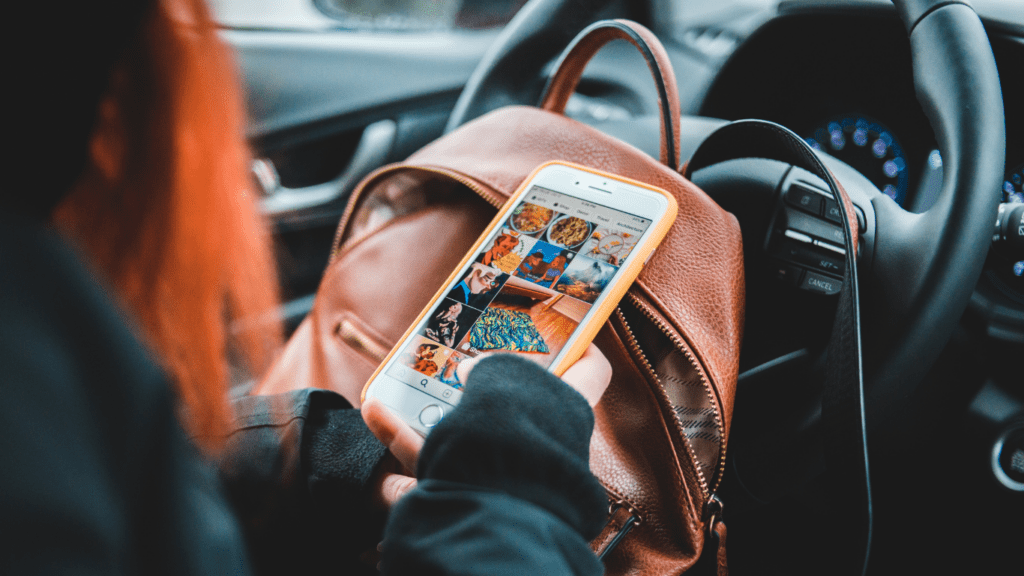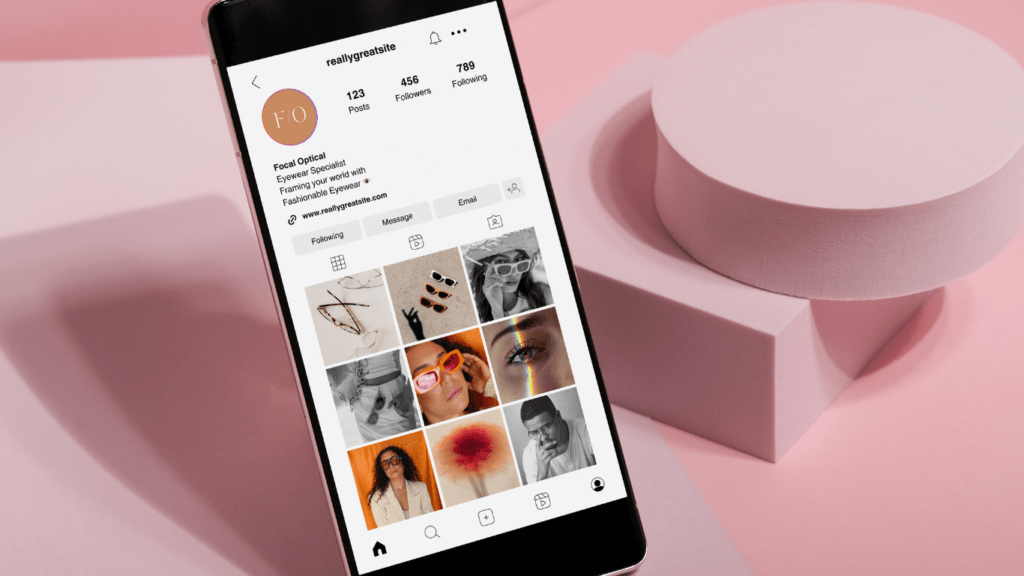The Emergence of Social Media as a Platform for Artists
Social media has transformed from casual communication tools to vital platforms for artists to gain visibility and reach new audiences. Artists use these platforms to showcase their creativity and build their careers.
Benefits for Emerging Artists
Emerging artists benefit significantly from social media. Firstly, cost-effective exposure enables them to reach a wide audience without significant financial investment. Secondly, direct engagement with followers creates a loyal fan base through comments, likes, and direct messages.
Thirdly, instant feedback allows artists to adapt and improve their work based on audience reactions. Additionally, collaboration opportunities arise through networking with other artists and industry professionals.
Channels Most Used by Artists
Artists frequently optimize their presence on several key social media platforms. Instagram is ideal for visual artists due to its image-centric nature. TikTok encourages short-form video content, making it suitable for performance and fine artists.
Twitter facilitates quick updates and direct interaction with followers. Facebook provides artists with comprehensive tools for creating detailed pages and hosting events. Finally, YouTube serves as a platform for longer video content, useful for tutorials and behind-the-scenes footage. These channels collectively enhance artists’ visibility, engagement, and growth.
Strategies Artists Employ on Social Media
Artists need specific strategies to maximize their social media presence. Each approach targets visibility, engagement, and growth.
Leveraging Visual Content
Visual content captivates and retains audience interest. Artists use high-quality images and videos to showcase their work, creating visually appealing posts that attract likes and shares.
Platforms like Instagram and TikTok emphasize visual appeal. Artists post behind-the-scenes videos, time-lapse recordings of the creation process, and detailed close-ups of finished pieces to generate interest and excitement.
Engaging with the Audience
Engagement fosters a loyal following.
- Artists respond to comments, participate in live streams, and create interactive posts like polls and Q&As.
- Direct interaction makes followers feel valued.
- Regular engagement builds a community around the artist’s brand.
- On platforms like Twitter and Facebook, artists join conversations, use relevant hashtags, and tag influencers to gain wider visibility.
Impact of Social Media on Artist Revenue

Social media significantly boosts artist revenue by providing direct channels for sales and expanding exposure.
Direct Sales Through Social Platforms
Artists can sell their work directly on social platforms. Facebook Marketplace, Instagram Shop, and TikTok Shopping enable artists to reach buyers without intermediaries.
For example, an illustrator can list prints on Instagram Shop, driving sales directly from the platform. By using social media for transactions, artists keep more of their earnings, reducing costs typically incurred through traditional galleries or shops.
Increased Exposure and Opportunities
Social media enhances artist visibility, leading to new revenue streams. Platforms like YouTube and Twitch allow artists to monetize content through ads, sponsorships, and viewer donations.
For instance, a musician uploading videos on YouTube can earn from ad revenue and Patreon support. Increased engagement such as:
- attracts collaborations
- event bookings
- licensing deals
Each new opportunity translates to additional income, diversifying and amplifying an artist’s revenue sources.
Challenges Artists Face on Social Media
Artists use social media to reach global audiences, but they encounter several obstacles.
Overcoming Market Saturation
Market saturation overwhelms many artists.
Numerous artists flood platforms like Instagram and TikTok, making it tough to stand out. Effective content strategies are crucial.
Posting consistently, using hashtags strategically, and collaborating with influencers can improve visibility.
However, artists often struggle to maintain a continuous flow of quality content due to time constraints or financial limitations.
Navigating Copyright Issues
Copyright issues are another significant challenge. Many artists share their work online without proper copyright protection, leading to unauthorized distribution or use.
Artists need to understand copyright law basics to protect their intellectual property. Platforms like YouTube and Facebook offer tools for copyright claims, but these systems aren’t foolproof. Enforcing copyrights takes time and resources, adding an extra burden to artists focused on creativity..


 Parisilyn Cruz has played a pivotal role as an article writer and key contributor in the development of Innov Art Foundry. Her deep passion for the art world is reflected in the insightful and engaging content she creates, covering everything from the latest art trends to in-depth explorations of virtual reality's impact on artistic expression. Parisilyn's writing not only informs but also inspires readers, making complex topics accessible and intriguing for a broad audience.
Beyond her writing, Parisilyn has been instrumental in shaping the direction of Innov Art Foundry. Her contributions have helped to establish the platform as a trusted resource for both seasoned artists and newcomers to the art scene. By blending her creativity with a keen understanding of the art landscape, Parisilyn Cruz has ensured that Innov Art Foundry remains at the forefront of contemporary art discourse, continually providing valuable insights and fostering a vibrant community of art enthusiasts.
Parisilyn Cruz has played a pivotal role as an article writer and key contributor in the development of Innov Art Foundry. Her deep passion for the art world is reflected in the insightful and engaging content she creates, covering everything from the latest art trends to in-depth explorations of virtual reality's impact on artistic expression. Parisilyn's writing not only informs but also inspires readers, making complex topics accessible and intriguing for a broad audience.
Beyond her writing, Parisilyn has been instrumental in shaping the direction of Innov Art Foundry. Her contributions have helped to establish the platform as a trusted resource for both seasoned artists and newcomers to the art scene. By blending her creativity with a keen understanding of the art landscape, Parisilyn Cruz has ensured that Innov Art Foundry remains at the forefront of contemporary art discourse, continually providing valuable insights and fostering a vibrant community of art enthusiasts.